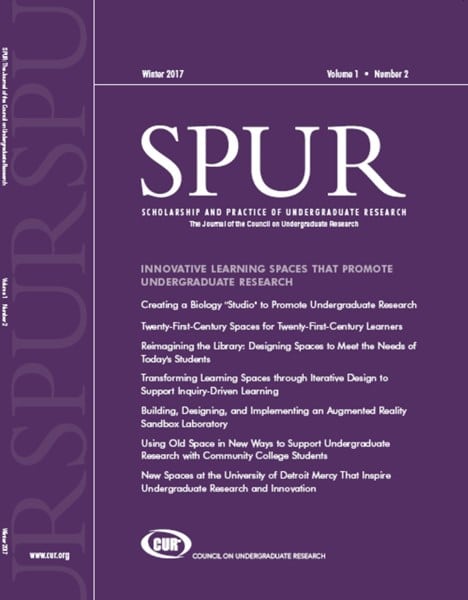SPUR (2017) 1 (2): https://doi.org/10.18833/spur/1/2/10
The Research PackTrack (RP) Program provides authentic research experiences to biology undergraduates in a modified studio environment. In semester 1, students are introduced to the process of scientific inquiry and discourse in a student-centered active learning environment with upside-down pedagogies. In semester 2, students work in a dedicated molecular biology studio that includes a research laboratory and adjoining conference room. Students use equipment and techniques specific to their research questions, gaining competence and expertise through experimental troubleshooting based on weekly results. In the conference room, they perform specialized data analyses and interact with research peers and mentors. Survey responses for learning and self-efficacy show significant gains for RP students in factors associated with science as a process and community of practice. Fourteen percent of RP students received state and national awards for projects presented at scientific conferences, and 60 percent found long-term research opportunities after program completion.
More Articles in this Issue
No posts found


